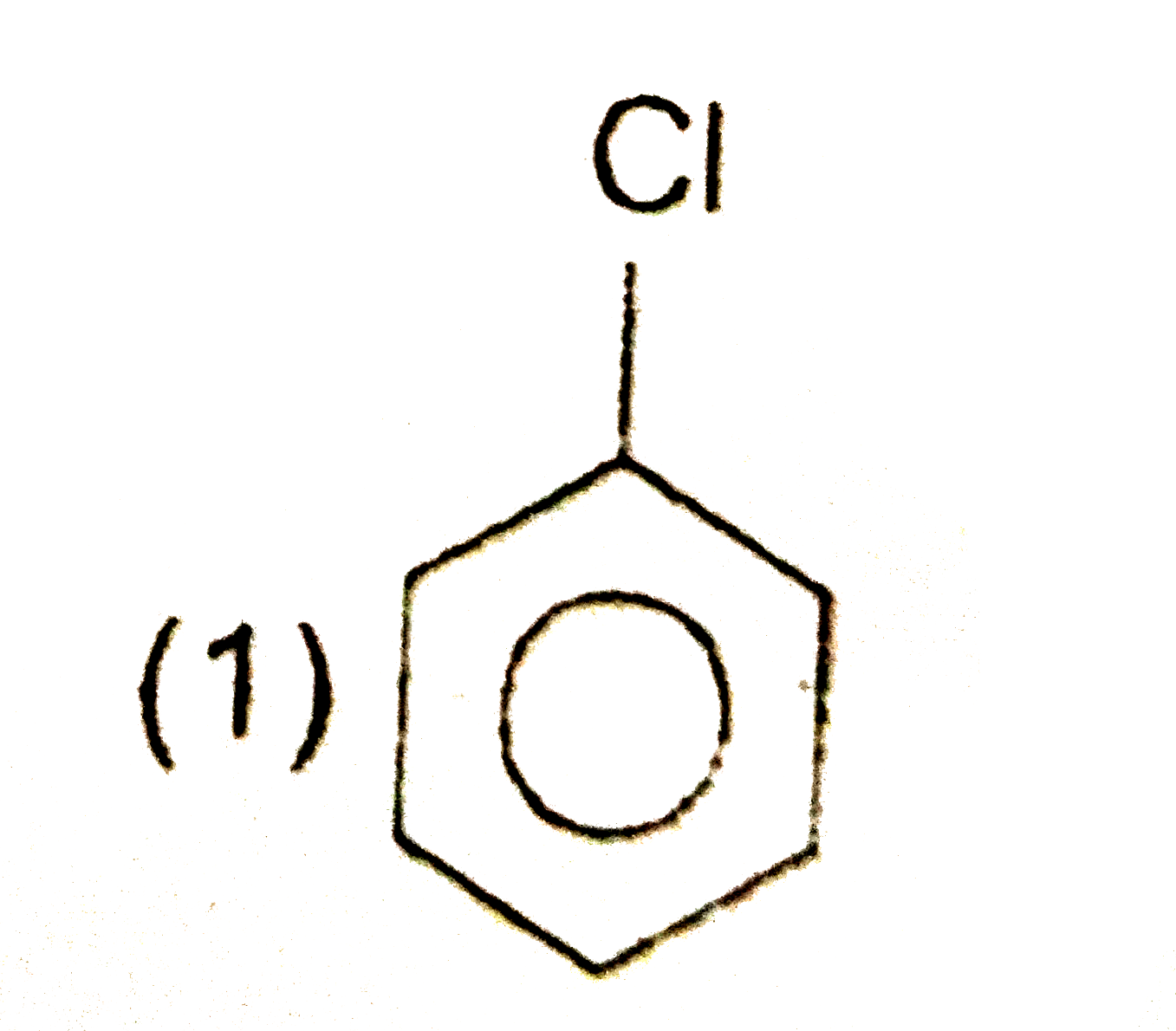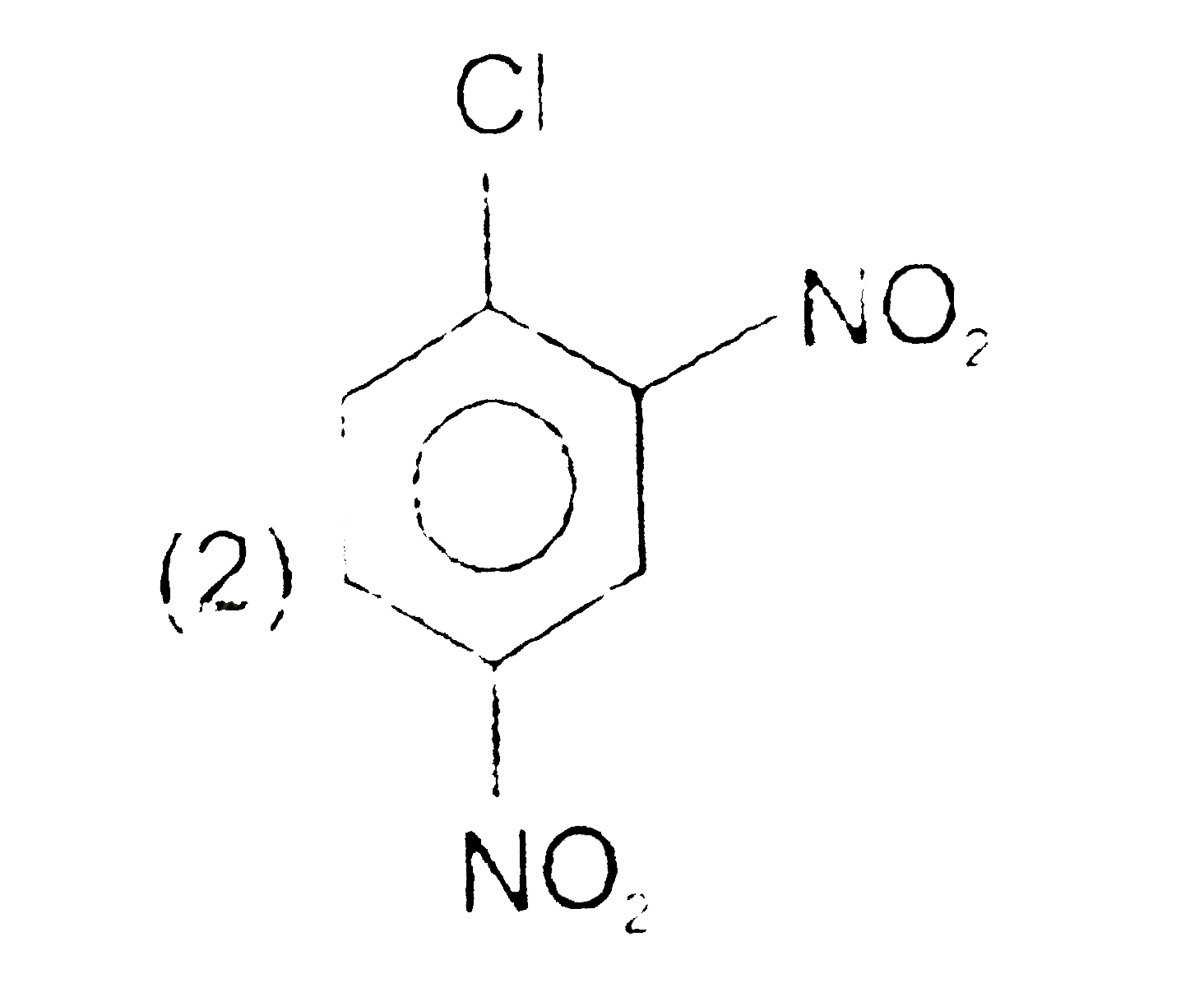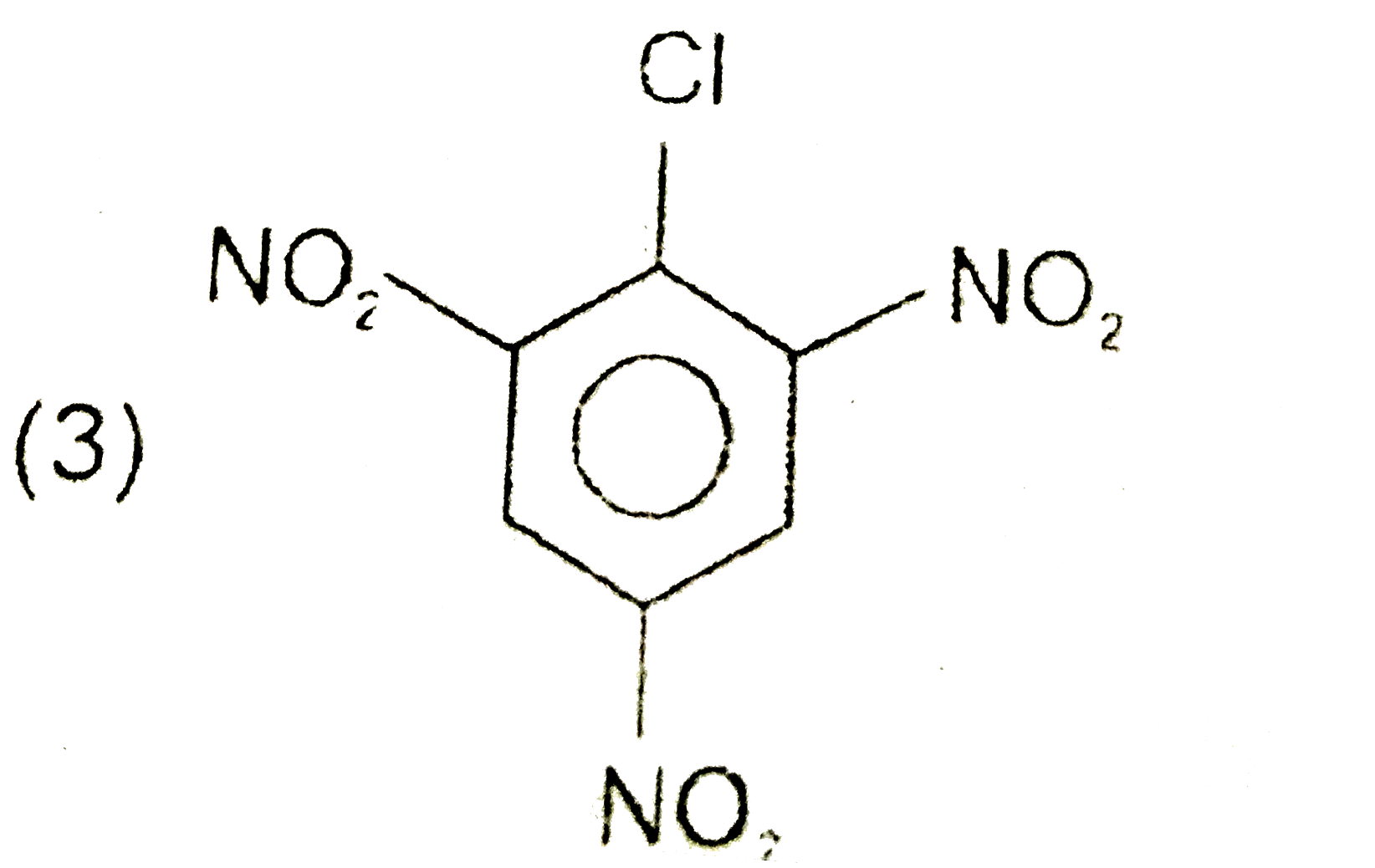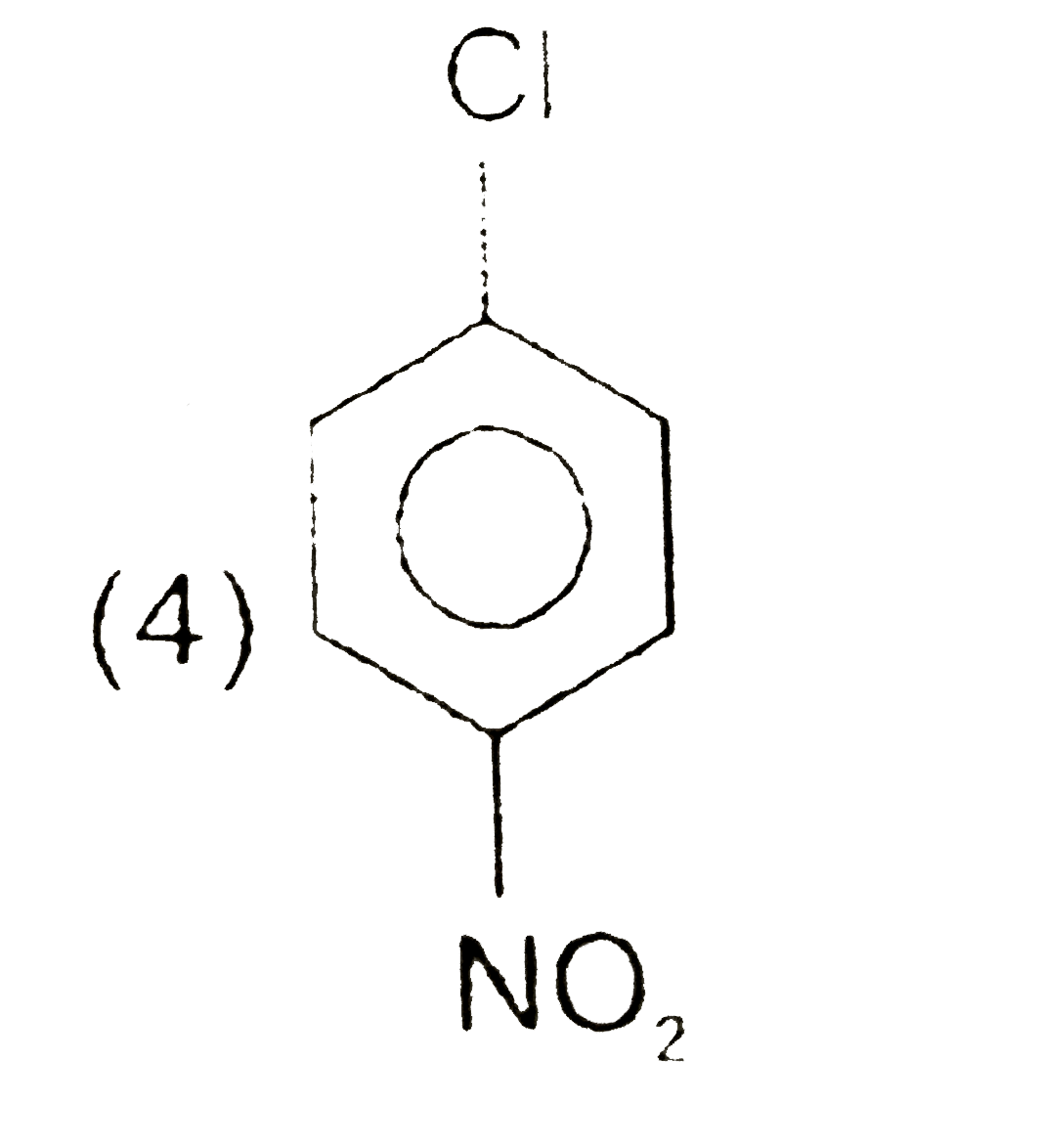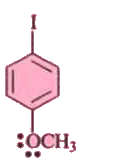Recommended Questions
- Which of the following compound gives fastest S(N)2Ar reaction?
06:24
|
Playing Now - Which of the following compound gives fastest S(N)2Ar reaction?
Text Solution
|
Play - The rate of S(N^(1)) reaction is fastest with :
02:30
|
Play - Which of the following compounds will not give S(N^(2)) reaction?
02:46
|
Play - Which of the following compounds will give S(N^(1)) reaction?
02:42
|
Play - Which of the following compounds will give racemic mixture by S(N^(1))...
02:59
|
Play - Which of the following alkyl halides undergoes the fastest S(N^(1)) re...
02:30
|
Play - Which will undergo S(N^(2)) reaction fastest amont the following halog...
04:58
|
Play - S(N)2 reaction will be fastest in:
02:26
|
Play
